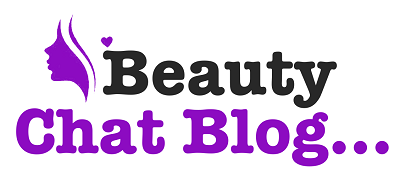Behind The Veil Of Koreans Love For Beauty

South Koreans seek to emulate their superstars’ impeccable faces through cosmetic items (or surgical treatment) and attractive stars are referred to as wanpan celebrities– which approximately translates to “sellouts”– due to their capability to single-handedly drive brand name sales (as an example, starlet Gianna Jun’s appearance in the 2014 TELEVISION soap My Love From Another Star was seemingly responsible for Saint Laurent’s lip tints selling out throughout South Korea and China).
“K-beauty,” as the market is dubbed, is valued at 12.4 bn euros ($ 15.2 bn) and owes much of its scale to K-pop and Korean Hallyu Wave, a term for Korean pop culture. Yet, Korea is not the only country with celebrities and idols. Why then has the K-beauty taken off like no other, especially in comparison with the West, which notably has Hollywood.
The answer lies in the state of Korean society and their history. In this article, as a Korean skincare Singapore brand, we will be looking at how a combination of traditional use and a collectivist mindset has powered the Korean beauty industry to fame.
How cosmetics has traditionally been viewed in Korea
Cosmetics can make people look far better. However, in traditional Korean society, make-up was broadly specified as care not only for exterior objectives but likewise internally.Koreans formerly thought that an attractive look might influence one’s inner self. Hence males and females cared about how they looked, creating a distinct culture in aesthetics and accessories.
Conventionally, Korean women used considerably natural and spontaneous makeup as opposed to flashy, sumptuous make-up like in Japan or China at that time.In Korea, ladies wore make-up to appear healthy. In old times, they developed facial scrubs, beauty creams, face creams and oils, in addition to coloured powders, rouge and brow ink.
Collectivism as a driver of beauty
South Koreans’ innate collectivism is an underlying variable for the success of the beauty industry. There is an extensively accepted social standard in terms of charm, South Koreans will decide to alter themselves– such as through surgery, which we call secondary control– in order to conform with their setting. South Koreans acquire self-esteem from the approval of others, as opposed to the western focus on self-confidence.
Today this custom of “lookism” is prevalent and institutional. Retouching passport images is typical and, until 2015, most companies mandated that work seekers attach their photos to applications. The search of charm can be identified throughout socio-economic classes. There is a range of inexpensive items and procedures offered to individuals of all monetary backgrounds in South Korea. In contrast, in the United States only higher-income people are inclined to resort towards plastic surgery or have accessibility to the finest skin products or treatments.







